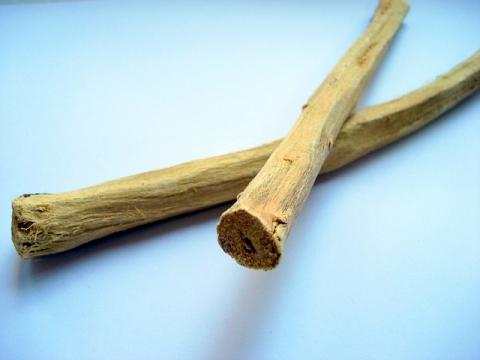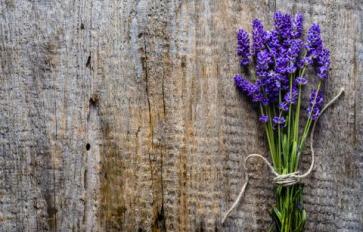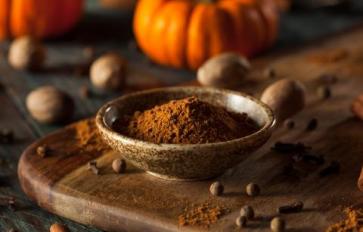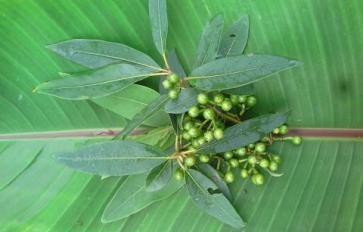
Hear the word licorice and you may be thinking of vibrant red, chewy candy. While the word may conjure up fond childhood memories of eating sweet treats, it is anything but a candy. It is, in fact, a root.
Sweet in flavor, licorice is the root of Glycyrrhiza glabra, an herbaceous plant native to Europe and Asia. It is among the list of many that play an important role in an Ayurvedic diet. Known as Yashti Madhu in Sanskrit, licorice balances out Vata and Pitta doshas. The glycyrrhizin compound it contains is actually 50 times sweeter than sugar and has been known to make unpleasant medicines easier to swallow. Glycyrrhizic acid may help promote the function of the adrenal glands and stop bacteria growth; however, too much can lead to negative effects. It is anti-microbial, anti-inflammatory, and anti-viral and has been used to:
- Reduce fevers
- Alleviate headaches
- Reduce stomach ulcers
- Ease acid reflux
- Clean open wounds
- Treat cough
- Help sore throat
- Increase fertility
- Reduce symptoms of bronchitis
- Ease symptoms associated with PMS
Chewing on a bit of root has been said to ease a hoarse voice. A tea concocted with ginger can act as an ailment for sore throats as well as a nerve tonic. The cooling, sweet flavor makes for an excellent post-digestive.
In addition to promoting health, licorice contains compounds that act as a sunscreen and improve skin. While modern day culture promotes expensive creams and lotions as the answer to healthy, younger skin, Ayurveda has been using natural remedies for centuries. If finding balance through diet and lifestyle has worked this long, it leads one to wonder what those pricey products are really promising.
Licorice is a unique root. From flavoring foods, to tonics, to extracts, it has been used in many forms. Next time you are in the health food store, browse the herbal supplements. You may find some things that surprise you!








